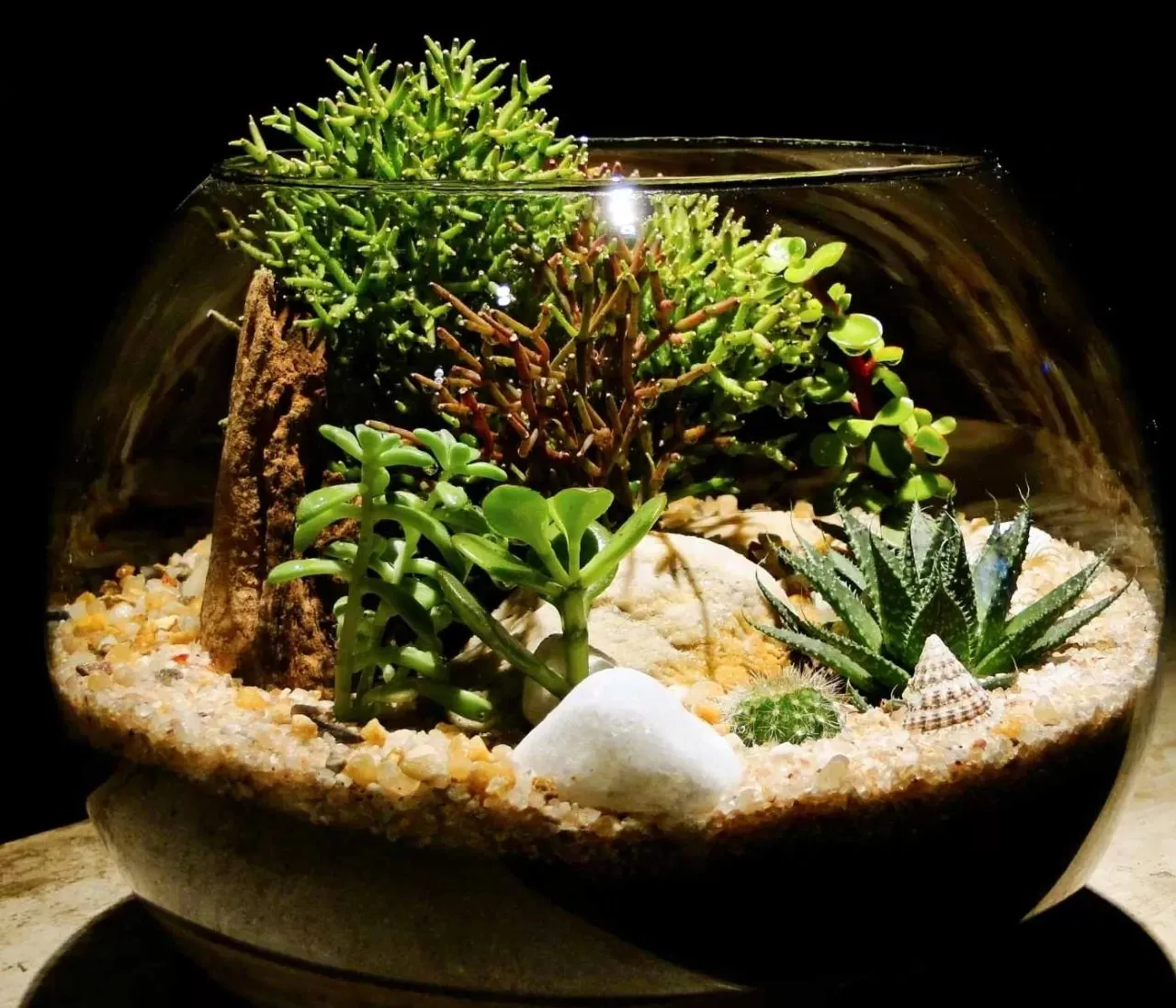Choosing the right tarantula enclosure material is crucial for the health and well-being of your eight-legged companion. The enclosure serves as your tarantula’s home, providing shelter, regulating environmental conditions, and offering a space for your pet to thrive. With so many options available, it’s essential to understand the pros and cons of each material to make an informed decision. This comprehensive guide will help you navigate the world of tarantula enclosures, ensuring you create a safe and comfortable habitat for your fascinating pet. Get ready to discover the top 5 materials and learn how to select the best one for your specific needs.
Why Choose the Right Tarantula Enclosure Material
The enclosure’s material significantly impacts the tarantula’s ability to thrive in captivity. A suitable material facilitates essential environmental controls such as ventilation and humidity, which are vital for the tarantula’s health. Moreover, the material affects accessibility for routine maintenance, allowing you to easily clean and care for the enclosure. Choosing the right material can also prevent escape, safeguarding your tarantula and ensuring it remains safely within its habitat. The material choice also contributes to the enclosure’s longevity and aesthetic appeal, allowing you to create a visually pleasing and functional habitat.
Factors to Consider
Before deciding on an enclosure material, several factors should be carefully evaluated. Understanding these elements will guide you in choosing the most appropriate option for your tarantula species and your personal preferences.
Ventilation Needs
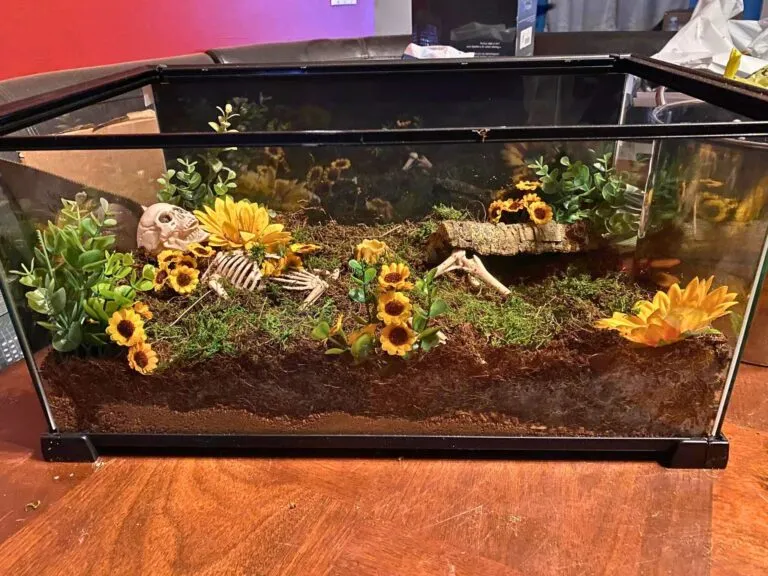
Adequate ventilation is crucial to prevent the buildup of stale air and harmful gases within the enclosure. Proper airflow also helps regulate humidity levels, which are critical for the tarantula’s molting process. Some materials, like mesh, naturally provide excellent ventilation, while others, such as glass, may require additional ventilation holes or features to ensure sufficient air circulation. It’s essential to balance ventilation with humidity needs, as excessive airflow can lead to dehydration.
Humidity Control
Maintaining appropriate humidity levels is essential for the health of your tarantula, especially for species originating from humid environments. Some materials, like acrylic and glass, tend to retain humidity well, whereas others may require more frequent misting or the use of a humidifying substrate. Monitoring the enclosure’s humidity with a hygrometer is crucial, and adjustments to the ventilation and substrate should be made as needed to keep conditions optimal.
Accessibility for Maintenance
Regular maintenance, including cleaning and substrate replacement, is vital to keeping the enclosure hygienic. Consider the ease of access when selecting an enclosure material. Materials with removable lids or front-opening doors make maintenance more convenient. Ensure the enclosure is easy to clean and allows you to reach all areas without difficulty, minimizing stress on both you and your tarantula during cleaning routines.
Top 5 Tarantula Enclosure Materials
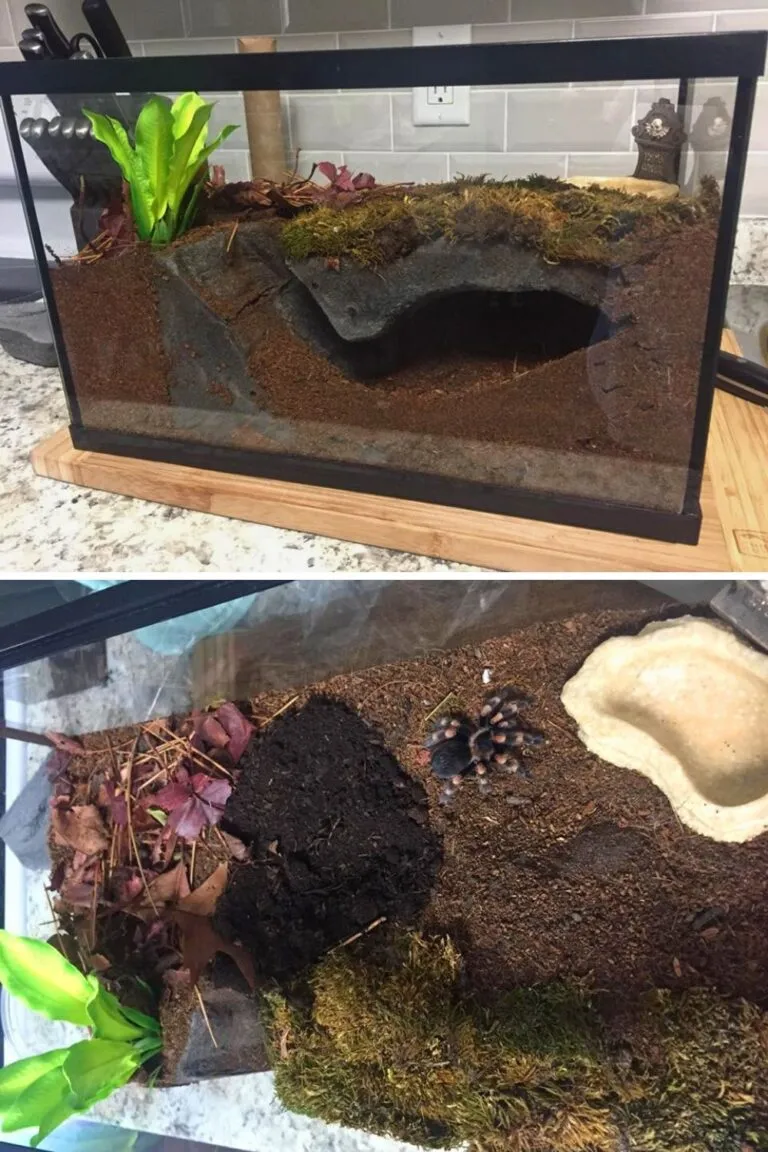
Here are the top 5 tarantula enclosure materials, along with their respective pros and cons, to help you make an informed decision.
Acrylic Enclosures
Acrylic enclosures are a popular choice among tarantula keepers due to their clarity and durability. They offer a clear view of your tarantula, making observation easy and enjoyable. Acrylic is also lightweight, making it easy to handle and move. It’s also a great insulator, helping to maintain stable temperatures and humidity levels. These enclosures come in various sizes and styles to accommodate different tarantula species.
Pros of Acrylic
- Excellent visibility
- Durable and shatter-resistant
- Good insulator
- Lightweight
Cons of Acrylic
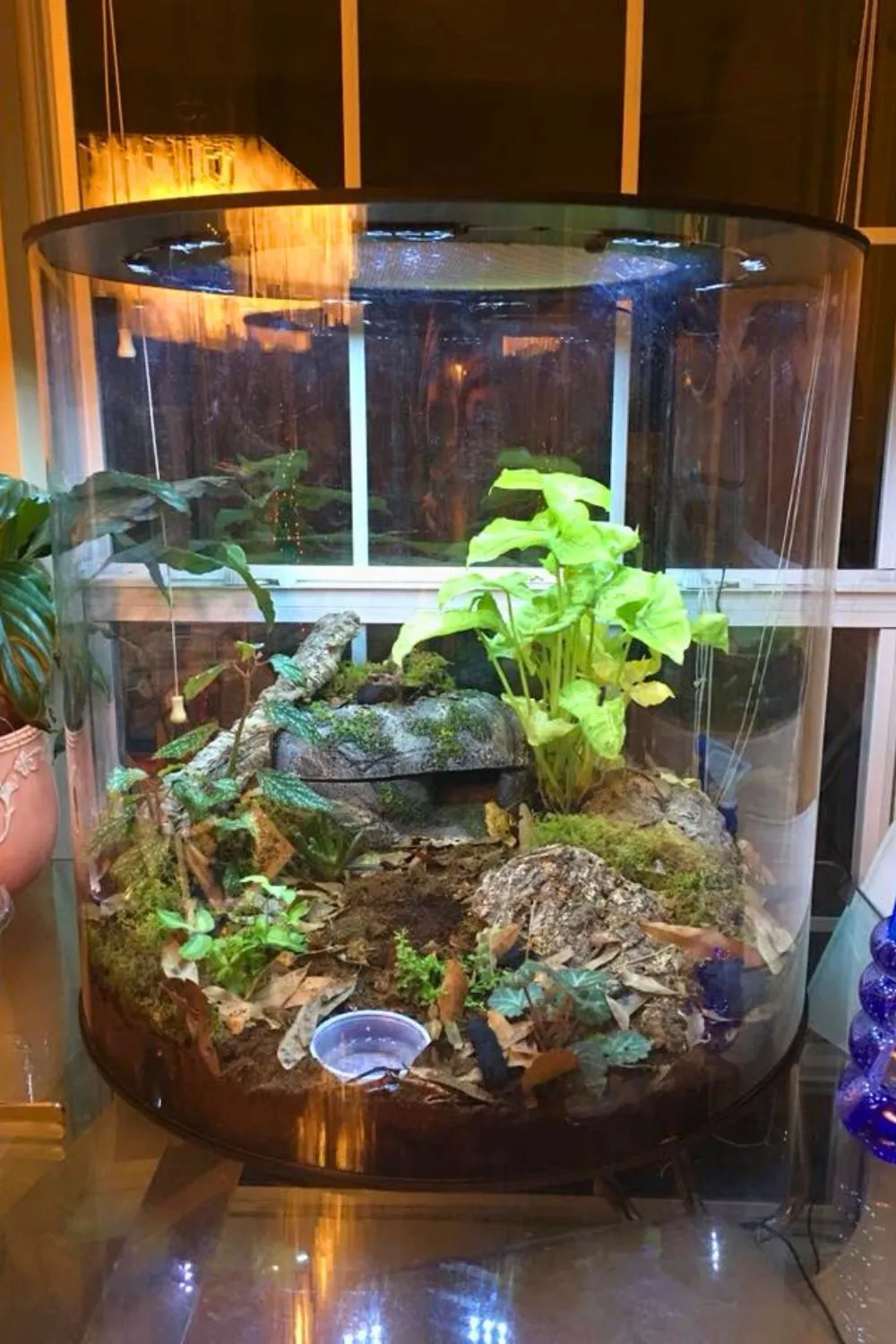
- Can scratch easily
- May require special cleaning products
- Can be more expensive than other options
Glass Enclosures
Glass enclosures are a classic choice, offering excellent visibility and a sleek aesthetic. Glass is a sturdy material that is easy to clean and resistant to scratches. These enclosures are available in a range of sizes and styles, often featuring sliding doors or hinged lids for easy access. Glass provides excellent visibility, making it simple to observe your tarantula without obstruction.
Pros of Glass
- Excellent visibility
- Scratch-resistant
- Easy to clean
- Durable
Cons of Glass
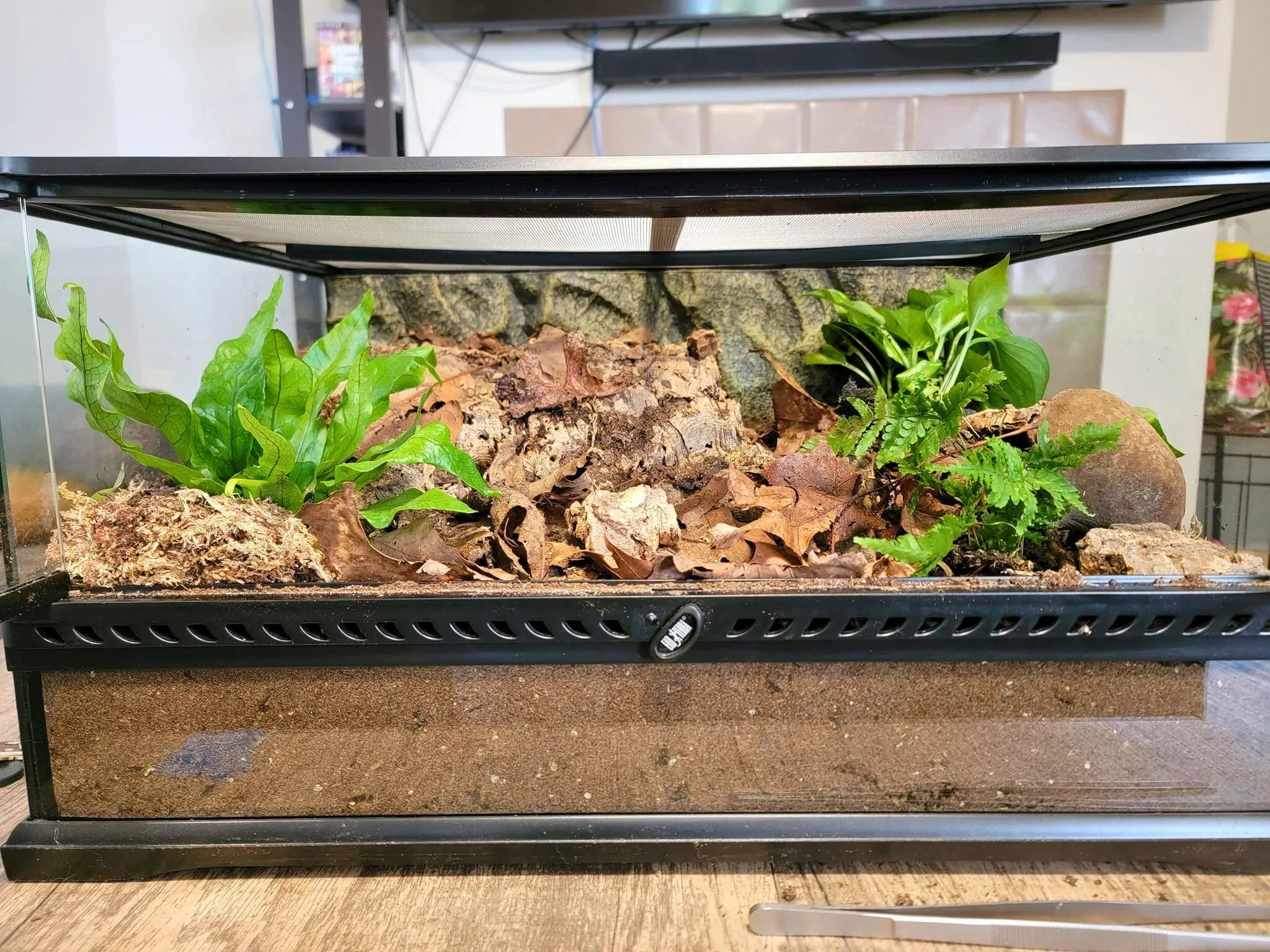
- Heavy and can be fragile
- Can be more expensive
- May not retain heat as well as other materials
Plastic Enclosures
Plastic enclosures offer a budget-friendly option and are lightweight and easy to handle. They come in various sizes and styles, providing flexibility in your choice. Many plastic enclosures have built-in ventilation, ensuring adequate airflow. Plastic is also resistant to damage from water and humidity, making it an excellent choice for beginners and experienced keepers alike. These enclosures offer a practical and accessible solution for housing tarantulas.
Pros of Plastic
- Affordable
- Lightweight and easy to handle
- Durable
- Easy to clean
Cons of Plastic
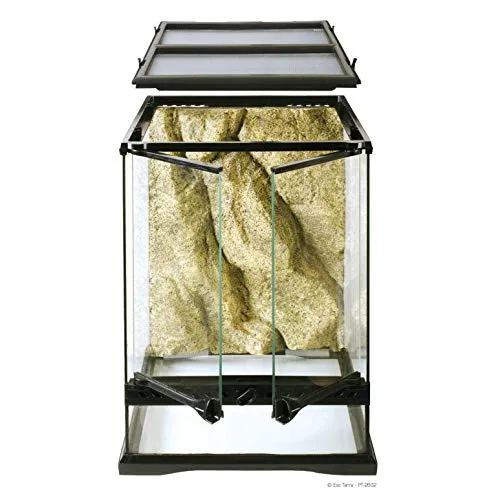
- Can scratch easily
- Less visibility compared to acrylic or glass
- May warp or degrade over time
Wooden Enclosures
Wooden enclosures provide a natural aesthetic and excellent insulation, helping to maintain stable temperatures and humidity levels. These enclosures are often crafted with attractive designs and can be customized to suit your preferences. Wood also offers a more natural look, blending well into any home decor. Wooden enclosures require proper sealing and maintenance to prevent moisture damage.
Pros of Wooden
- Excellent insulation
- Attractive and natural appearance
- Can be customized
- Good humidity retention
Cons of Wooden
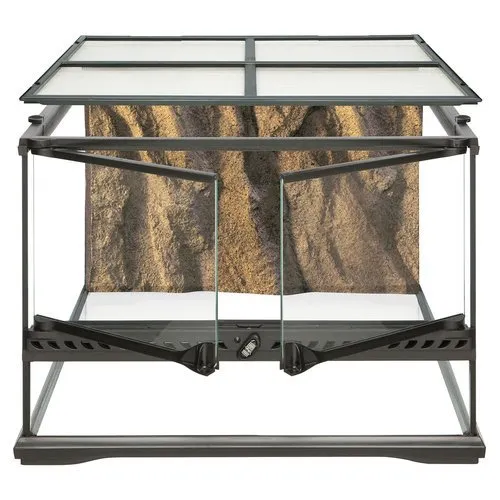
- Requires sealing to prevent moisture damage
- Can be heavy
- May not offer the best visibility
Mesh Enclosures
Mesh enclosures provide excellent ventilation, making them ideal for species that require high airflow. These enclosures often come in the form of screen-top lids or fully mesh habitats. Mesh materials are generally lightweight and affordable, allowing for easy maintenance. Mesh enclosures can be less effective at retaining humidity than other materials, requiring more frequent misting or the use of a humidifying substrate.
Pros of Mesh
- Excellent ventilation
- Lightweight
- Affordable
Cons of Mesh
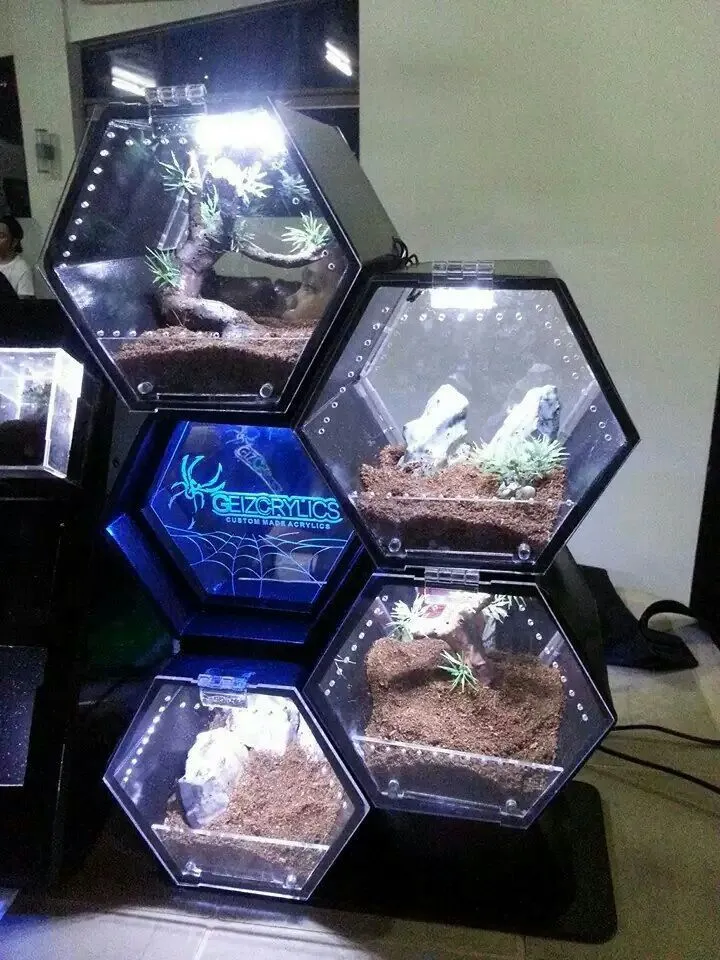
- May not retain humidity well
- Can be difficult to clean
- Not ideal for all tarantula species
Choosing the Best Material
The ideal enclosure material depends on several factors, including the specific tarantula species, your budget, and your maintenance preferences. Acrylic and glass offer excellent visibility, while plastic provides a budget-friendly option. Wooden enclosures provide a natural aesthetic and good insulation, while mesh enclosures excel in ventilation. Consider the humidity and ventilation needs of your tarantula when making your decision. Ultimately, the ‘best’ material is the one that meets your tarantula’s needs while fitting within your comfort zone.
Material Suitability Based on Tarantula Species
Different tarantula species have different requirements. For example, arboreal species often benefit from taller enclosures with ample climbing space, while terrestrial species prefer more floor space. Some species require higher humidity levels than others, making the material’s ability to retain moisture a critical factor. Researching the specific needs of your tarantula species will help you select the most suitable enclosure material.
Maintenance and Longevity
Consider the long-term maintenance requirements of the enclosure material. Some materials, like acrylic and glass, are easier to clean and maintain than others. Assess the material’s durability and resistance to scratching or damage. The longevity of the enclosure will affect how long it serves your tarantula, so choose materials that are known for their durability and ease of care. Regular cleaning and maintenance are crucial for the health and safety of your tarantula.
Where to Buy Your Enclosure
Enclosures are available at various locations. Local pet stores often carry a selection of enclosures in different materials and sizes, allowing you to assess them in person. Online retailers offer a wide range of options, including specialized enclosures tailored to tarantulas. Consider the reputation of the seller and read reviews before making a purchase. When purchasing online, pay attention to the shipping process to ensure the enclosure arrives in good condition. Consider custom enclosure options for unique requirements.
Tips for Setting Up Your Tarantula Habitat
Once you’ve chosen your enclosure, it’s time to set up your tarantula’s habitat. Start with a suitable substrate, such as coconut fiber or peat moss, to provide a comfortable and moisture-retaining environment. Add decorations, such as hides, branches, and plants, to create a stimulating environment and provide shelter. Ensure proper ventilation and humidity control. Position the enclosure in a location away from direct sunlight and drafts. Regularly monitor the temperature and humidity levels. Finally, provide a clean water dish and appropriate food to ensure your tarantula’s well-being. Remember, a well-designed habitat is crucial for the health and happiness of your tarantula.
In conclusion, selecting the best tarantula enclosure material involves careful consideration of factors like ventilation, humidity, and ease of maintenance. While acrylic, glass, plastic, wood, and mesh each offer unique advantages and disadvantages, the ideal choice depends on your specific needs and preferences. Prioritize your tarantula’s health by choosing a material suitable for its species, and remember that a well-designed habitat is key to its happiness and longevity. By following this guide, you can create a safe, comfortable, and visually appealing home for your fascinating arachnid.
